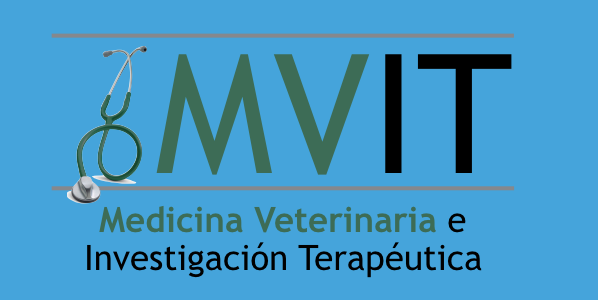
The heartworm (Dirofilaria immitis) seems to be able to metabolize organochlorine pesticides and polychlorinated biphenyls: A case-control study in dogs
Henríquez-Hernández, L.A.a, Carretón, E.c, Camacho, M.a, Montoya-Alonso, J.A.c, Boada, L.D.ab, Valerón, P.F.ab, Falcón-Cordón, Y.c, Falcón-Cordón, S.c, Almeida-González, M.a, Zumbado, M.a, Luzardo, O.P.ab
a Toxicology Unit, Research Institute of Biomedical and Health Sciences (IUIBS), Universidad de Las Palmas de Gran Canaria, Paseo Blas Cabrera Felipe s/n, 35016, Las Palmas de Gran Canaria, Spain
b Spanish Biomedical Research Centre in Physiopathology of Obesity and Nutrition (CIBERObn), Paseo Blas Cabrera Felipe s/n, 35016, Las Palmas de Gran Canaria, Spain
c Internal Medicine Service, Faculty of Veterinary Medicine, Research Institute of Biomedical and Health Sciences (IUIBS), Universidad de Las Palmas de Gran Canaria, Paseo Blas Cabrera Felipe s/n, 35016, Las Palmas de Gran Canaria, Spain
Abstract
It has been described that the co-existence of parasite infection and chemical exposure has various effects on the accumulation of persistent organochlorine pollutants (POPs) in the host. Certain parasites are not only able to accumulate POPs but also seem to have the ability to metabolize certain compounds. We have designed a case-control study aimed to disclose the role of . Dirofilaria immitis in the bioavailability of POPs in dogs trying to know whether these parasites store or metabolize the POPs. A total of 40 common POPs (18 polychlorinated biphenyls congeners (PCBs) and 22 organochlorine pesticides were quantified in dog serum. The study included three groups of dogs prospectively recruited in the island of Gran Canaria (Canary Islands, Spain): a) control animals, non-parasitized (serologically tested negative, . n = 24); b) a group constituted by dogs tested positive for heartworm disease (D. immitis) and negative for other parasites (n = 25); and c) the same group of parasitized dogs after the treatment against the parasite (n = 25). The presence of . D. immitis was strongly associated with lower serum levels of a wide range of pollutant in their hosts (PCB congeners 28, 105, 118, 123, 138, 153, 167 and 180; hexachlorobenzene, lindane, aldrin, dieldrin, and methoxychlor). The serum levels of these substances remained at very low levels after the treatment against the parasite, suggesting that . D. immitis do not simply store such compounds, but they probably have some ability to metabolize these pollutants. We encourage the use of the parasite infestation status as a cofactor that needs to be taken into account in studies aimed to evaluate the serum levels of POPs.



